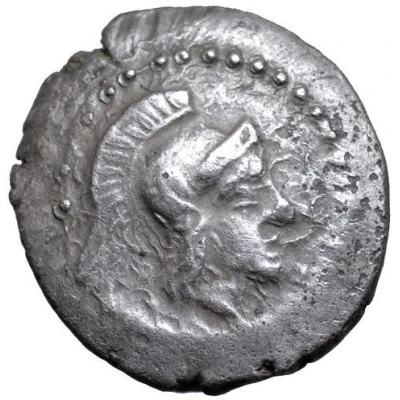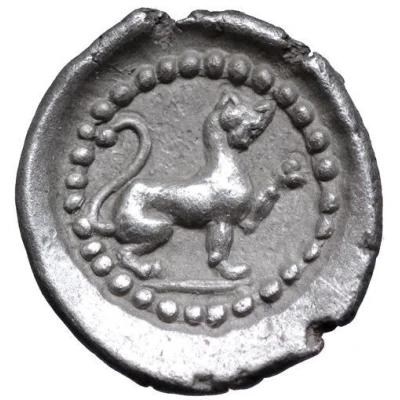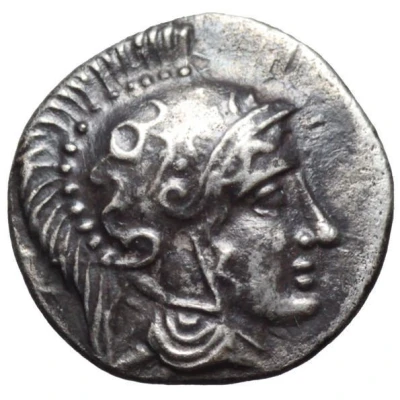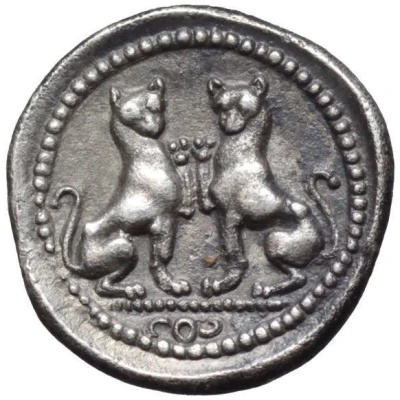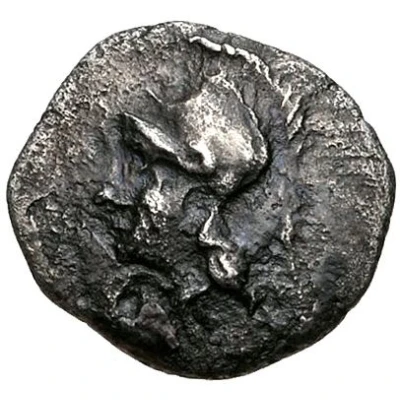
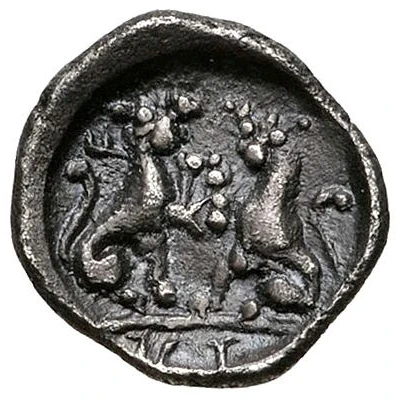

© Classical Numismatic Group, Inc.
Obol 400 BC - 380 BC
| Silver | 0.56 g | 10 mm |
| Issuer | Tlos (Lycia) |
|---|---|
| Type | Standard circulation coin |
| Years | 400 BC - 380 BC |
| Value | Obol (⅙) |
| Currency | Drachm |
| Composition | Silver |
| Weight | 0.56 g |
| Diameter | 10 mm |
| Shape | Round (irregular) |
| Technique | Hammered, Incuse |
| Orientation | Variable alignment ↺ |
| Demonetized | Yes |
| Updated | 2024-10-10 |
| Numista | N#403196 |
|---|---|
| Rarity index | 100% |
Reverse
Two lions seated facing each other; ΤΛΟ (retrograde) in exergue.
Script: Greek (retrograde)
Lettering: ΤΛΟ
Comment
Traité II, 444 var. (Athena head right).
Interesting fact
The Obol coin was used as a form of currency in ancient Lycia, which is now modern-day Turkey. The coin features an image of a lion's head on one side and an inscription on the other. The lion's head symbolized the power and strength of the Lycian Empire, while the inscription indicated the coin's denomination and issuer. The Obol coin was made of silver and weighed around 0.56 grams, making it a valuable and highly sought-after currency in its time.
